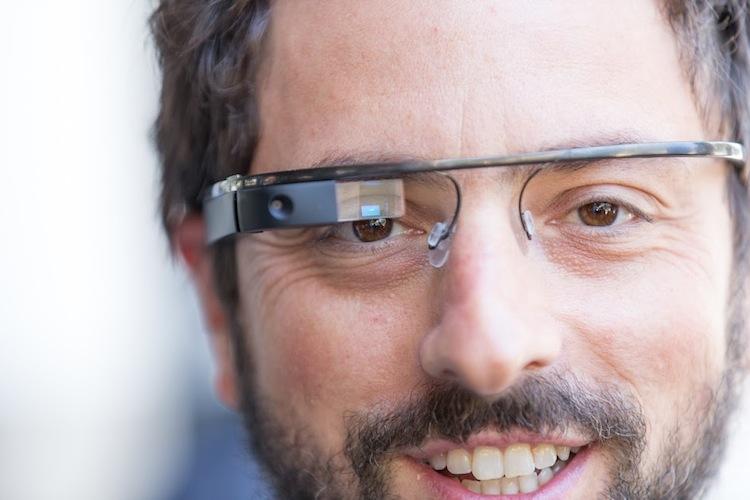
For many major tech companies, 2012 is a year of R&D, or research and development. It's about finding that one unique product that sets one apart from the rest, wows consumers and spurs a decade of awe-inspiring innovation and development.
Google's golden nugget is Glass. But Google is just one of the many who are looking to reconnect people with the most important part of life – friends, family and the world around us – and get physical devices and distractions out of the way through wearable computing.
As it stands today, a large majority of society can't go more than a few minutes without thrusting their hand into their pocket (or purse) and yanking out their smartphone to check for new notifications or to snap a picture so they can add dulling filters and share them with their hundreds of online friends who don't care. Many of us can't escape the grasps of the online world, we can't avoid the magnetizing effect of those bright, pocket-sized displays, no matter where we are.
By getting technology out of our hands and (mostly) out of our field of vision, adding some automation and fastening it to some flat surface or limb on our person, the idea is that technology might interfere less with the way we go about our lives without completely disconnecting us. Online activity could become less obstructing, more frictionless, organic and … natural, depending on how you look at it.

During the Google I/O keynote last week, Google's Project Glass team gave a few examples of real-life scenarios where Glass, a device you wear on your head that has an attached interface fixed above the wearer's right eye, can be useful. One of those examples was of a mother capturing natural moments of her baby child. Instead of having to reach for a camera and missing a picture perfect moment, she could take a picture without reaching for anything, and even while holding the baby with both hands. But it also keeps the baby from becoming distracted by a large, unnatural, digital device. Babies don't smile at cameras, they smile at people. And Glass is discrete enough for a baby to completely ignore.
Granted, taking pictures is a very niche sales pitch for a device that could potentially replace your smartphone someday. And while a baby may overlook something attached to your glasses, your friends, family and passers-by on the street most certainly will not. That's where this wearable technology really has a series of hurdles to overcome, hurdles that other devices, such as Bluetooth headsets, have yet to really overcome themselves.

In an interview with Wired, the team beind Glass feels wearable computing "will become the norm". But simply fixing a large, awkward looking box to a pair of lens-less glasses, getting a couple dozen workers to wear them at a developer-centric conference and letting a few gauche people on stage to talk about them does little for their appeal. During the I/O keynote, our own Sydney Myers posted a few tweets about the technology. One read, "Google, making your presenters wear the glasses on stage is just a constant reminder of how ridiculous they look."
To be fair, Glass is still just a prototype at this point. It's no less than a couple years from being a consumer product. And by that time, who knows how much they will have refined and improved the technology, both in terms of aesthetics and operability. Still, I'm not sure strapping a device to your head will be any less awkward by then, regardless of what it looks like.
The remaining question, though, is: who is open to wearing a device on their head? Fastened to their glasses? Some other wearable technology?
For me, it's no so much about how unnatural or absurd the device will look. I can swallow a certain amount of dignity and pride if the technology is awesome enough. In theory, at least, Glass is above that threshold. However, I'm more worried about the interaction with wearable computing – speech input, a display being mere inches away from my eye and what repercussions could come from that, etc.
Voice input is gradually becoming acceptable in society (or dare I say … public), but only to a certain extent. A device you wear on your head – even with a touchpad and buttons would require a great deal of voice input, maybe beyond an acceptable level. (Remember, you're eliminating a touchscreen here.)
In another year or two, we all may overcome some of these artificial boundaries we all have put up and accept the future and wearable computing for what they are, no matter how ridiculous they may look or seem. But something tells me it's going to take a lot more than a cheesy looking pair of glasses with a camera for the general consumer to adopt Glass and whatever technology follows.
Either way, awkward or not, I'm on board. Where do you stand, folks?
Images via CNET, Project Glass